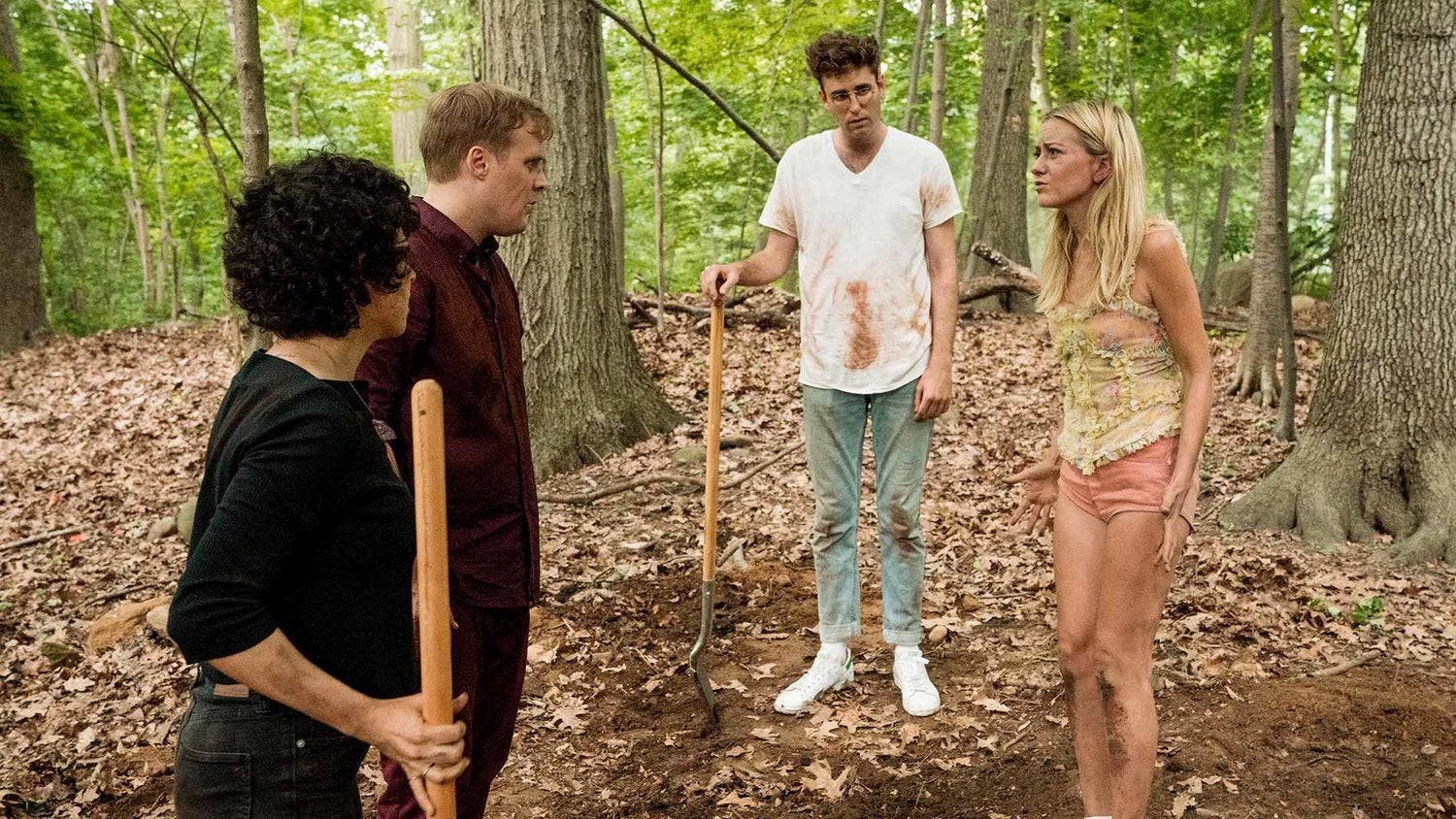All citations are in MLA 8.
Cranford, Alexandra. “WOMEN WEATHERCASTERS: Their Positions, Education and Presence in Local TV.” Bulletin of the American Meteorological Society, vol. 99, no. 2, Feb. 2018, pp. 281-288. EBSCOhost, doi:10.1175/BAMS-D-16-0317.1.
Alexandra Cranford’s peer reviewed article examines the educational divide between female and male weathercasters. She establishes her argument by detailing the history of the “sexy weather girl” stereotype in the United States, and supplements that with data which show how men receive significantly more screen time and credibility in American television media. Cranford thoroughly explains the methodology of her study, which entails analyzing biographies of over 2,000 weathercasters, both male and female. Results showed that of those surveyed, there were significantly less female weathercasters on air with meteorology degrees than males (52% and 59%, respectively). From the data, Cranford concludes that male weathercasters are receiving the majority of “prime time” evening TV slots as compared to females, who in contrast mostly reported in the weekends and mornings. Cranford includes colorful graphics to visually illustrate her findings throughout the article. While the study presents well sourced quantitative analysis, the findings seem lacking, and this study would best be used alongside supplemental sources. Discussion of the causes of the discrepancies implied future studies to explore sexist hiring practices, educational obstacles, and the influence of social media on weathercasters.
Ross, Karen. “Women, Men and News: It’s Life, Jim, but Not as We Know It.” Journalism Studies., vol. 19, no. 6, 2018, p. 824.
This source by Ross, Boyle, Carter, and Ging uses the 2015 Global Media Monitoring Project (GMMP) report to analyze gender representation in news outlets across the England, Wales, Scotland, and the Republic of Ireland. The study, while not based in the United States, provides valid and usable data from economically and socially comparable nations. Analysis of the GMMP provides reputable data, as it is the longest running longitudinal study on gender representation in media at a global scale. It reported that overall, less women are sourced for stories than men, but their numbers are increasing since 2010. The report also found that women reported more on “soft” subjects like art and pop culture over “hard” subjects like health and politics. Qualitative analysis shows that gender stereotyping is rampant in the newsroom, both on and off air. This source accurately represents reputable data, a the GMMP is a worldwide measure of media representation. However, the report is orchestrated by a religious organization, so data may be presented with a faith-based spin.
Elmore, Cindy. “Recollections in Hindsight from Women Who Left: The Gendered Newsroom Culture.” Women & Language, vol. 30, no. 2, Fall 2007, pp. 18-27. EBSCOhost, prx.library.gatech.edu/login?url=https://search.ebscohost.com/login.aspx?direct=true&db=lfh&AN=29324836&site=eds-live&scope=site.
Elmore’s 2007 paper, although already 11 years old, remains a strikingly relevant exposé on the stressful reality of being a woman in a news network. The study, actually conducted in 2003, was conducted through a series of interviews with 15 women of different backgrounds who all decided to leave their journalism careers behind. Elmore found that the participants faced exclusionary culture perpetuated by a male dominated newsroom. The interviewees also explained that women in the newsroom needed to feign masculinity and emotional apathy in order to navigate the male-dominated environment. These women also faced discrimination in terms of the stories they were allowed to report on and the sources they could interview. This source, although quite old, presents a compelling argument for the case of women in television news. Despite the sample size being relatively small, the source does a great job of humanizing the issue. Rather than women’s feelings being portrayed as a series of statistics, each woman’s personal experiences are woven throughout the article. This is a very usable source as it adds an element of humanity to my research.
Wagner, Laura. “Megyn Kelly Is Leaving Fox News To Join NBC News.” NPR, NPR, 3 Jan. 2017, www.npr.org/sections/thetwo-way/2017/01/03/508046088/megyn-kelly-is-leaving-fox-news-to-join-nbc-news.
This source, although short, makes an important point about the obstacles women in the newsroom face, particularly sexual harassment. Wagner describes Megyn Kelly’s departure from Fox News following her allegations of being sexually harassed by her former boss, Roger Ailes. The article describes one of the factors for Kelly’s switchover to NBC News being their offer of greater screentime. Although quoted as “one of the network’s biggest stars,” the article still explains that Kelly’s departure from Fox was voluntary, as the network offered a large sum of money to get her back, only to be faced with her refusal (Wagner). Similar to Elmore’s 2007 paper, this article presents a particular case of a woman choosing to leave her job at a particular news network over gender-related biases. Although not peer reviewed, the source reports on primary accounts of information, including a Facebook post made by Kelly herself. It is also published through NPR, a nationally funded public news outlet, so the reporting can be presumed objective.
Taub, Amanda. “The #ManPanel Problem: Why Are Female Experts Still so Widely Ignored?” Vox, Vox, 16 Mar. 2016, www.vox.com/2016/3/16/11245454/manpanel-problem-female-experts-ignored.
Taub’s article explores the source bias in news media. It explains how often times, panels of “experts” in televised news broadcasts are comprised of majority men. Additionally, sources in published forms of news media, such as electronic news outlets, are heavily biased towards men as well. Studying her own reporting, Taub found that only about 25% of her sources were female. She outlines reasons for the discrepancy, emphasizing society’s inherent bias towards men in positions of power and organizations’ promotion of senior officials, the majority of which are men. The article also explains the “confidence gap” and how many women in fields of study choose to self-censor in order to be taken more seriously in a male-dominated field. Therefore, the majority of experts on any subject will automatically be men, as women are confined in what they publicly say. This source, while well written, is still heavily subjective, so direct data from it will need to be cross referenced with other more objective sources. However, the article does provide several sources it cites embedded into the text, so it can be used as a tool to facilitate further research.
Taub, Amanda, and Max Fisher. “If Only Quoting Women Were Enough.” The New York Times, The New York Times, 10 Feb. 2018, www.nytimes.com/2018/02/09/insider/interpreter-gender-bias-women-experts.html.
This article by Taub and Fisher does not particularly concern gender bias in television news. It does, however, explain that citation of female sources and inclusion in written articles is not enough to boost female representation in news media. The piece explains the institutional barriers that women face in fields of study and how they are at a disadvantage in men in every measure when trying to become an “expert” in any one field. Additionally, the study explores how women are quoted sparsely by media outlets, as it is difficult to extrapolate a complete story from the limited number of female sources on any given topic. Again, while this source does not directly examine gender bias in cable news networks, it does delve into a deeper issue that is still perpetuated by these organizations. Taub and Fisher’s work can be used as supplemental background for data sets provided in studies regarding coverage of female sources. Ultimately, while this source does not hit the target dead center, it still provides valid and useful information about gender biases in media.





